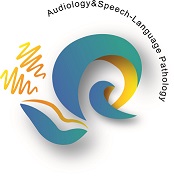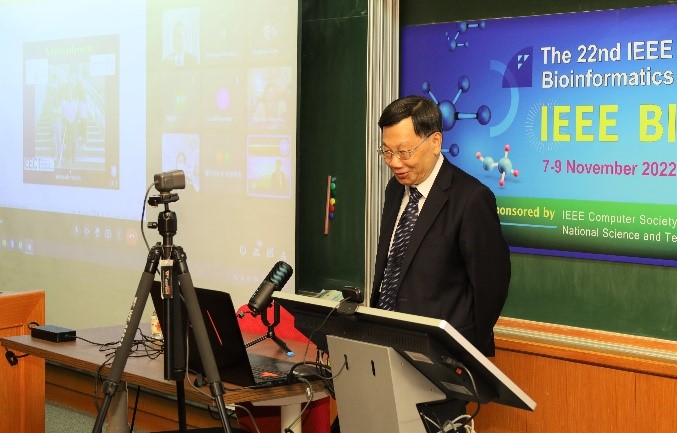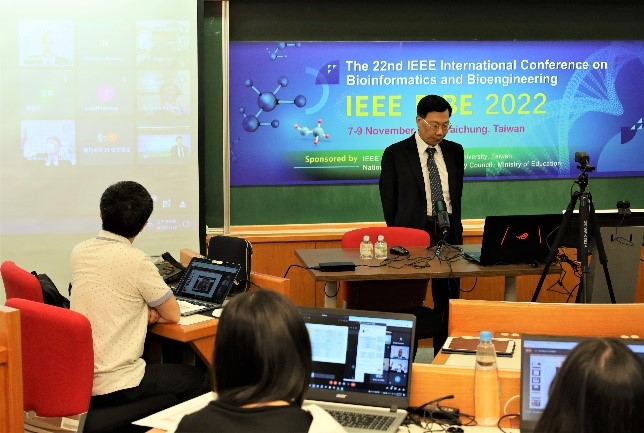Jeffrey J. P. Tsai, President of Asia University stated that IEEE had held the BIBE conferences for twenty years, the purpose of which was to establish coordination between bioinformatics and bioengineering, promote practical application of life science and engineering, and introduce medical signal detection, drug development, and 3D printing into medical care technology; develop innovative implants, biosensors, and biomedical equipment to help understand human diseases and clinical results. Asia University is the first university in Taiwan to establish a department in biological information field to cultivate talents. In recent years, it has also combined with the field of medical engineering to establish the department of bioinformatics and medical engineering. Over the past twenty years, it has cultivated numerous talents in special fields from bachelors, masters to doctors. In the future, it will continue to play an important role in cultivating professional talents in bioinformatics and medical engineering in Taiwan, as well as serving as an international expert communication bridge between bioinformatics and bioengineering for cross-domain knowledge integration.
④China Medical University President Mien-Chie Hung. President Hung served as Vice President, Professor, and Head of the Department of Molecular and Cellular Oncology at University of Texas MD Anderson Cancer Center, and is famous for his expertise on cancer. ⑤Professor Antonios G. Mikos of both the Department of Bioengineering and Department of Chemical and Biomolecular Engineering at Rice University, who is the director of Complex Tissue Engineering Center of National Institutes of Health and Tissue Engineering Center of Excellence of Rice University, the top 1% scholar in this field, with his papers cited for more than 80,000 times. ⑥Harvard Medical University Professor Soumya Raychaudhuri, who also serves as the Director of Center for Dataology and DataScience (BWH, HMS), is appointed as a member of Broad Institute. In recent years, his research mainly focuses on functional genomics research on tuberculosis, Type I diabetes, and rheumatoid arthritis. Professor Barzilay from Massachusetts Institute of Technology introduced that the application of the machine learning model into medical care and life science had a serious mismatch of cross-domain science combination, including unknown deviations in collected data and the inability of domain experts to verify model prediction, and put forward preliminary solutions to problems. Professor Bejerano from Stanford University explained that as many as 8% of the population in the world are suffering from rare diseases mostly caused by single gene mutation, they have developed tools to diagnose single-gene diseases and patients by means of machine learning, natural language processing, and genomics techniques. Professor Haghighi from Harvard Medical School indicated that the genomics analysis platform is used to analyze exons and genomics data of patients and families from the original test to the final report. Meanwhile, the clinical variation classification and clinical reporting module can be integrated into other analysis platforms for simpler and more effective analysis.
In bioengineering, Professor Mikos from Rice University introduced 3D printing hydrogel biological ink which can be used for tissue engineering. In this emerging field, they used a high-throughput system to evaluate the effects of different hydrogel systems on the survival, growth, and replication of different cells in 3D environments. Meanwhile, they analyzed the changes of different hydrogel additives on the embedded secreted stem cell bone or cartilage extracellular matrix and tested the printable ability of different hydrogels with different printing methods. At the conference, in addition to speeches from international masters, experts from various countries shared their research results and exchanged ideas online. |
Asia University Hosted the 22nd IEEE International Conference on Bioinformatics and Bioengineering
Starting on November 7 for three consecutive days online, six international experts were invited to give lectures, and papers from twenty countries in total were received.





